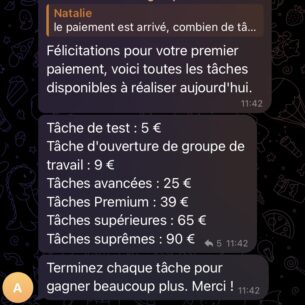How-to

Instructions for use are precious documents for who wants to do semiotics. As Madeleine Akrich taught us years ago, they are one of the sites where the crowd the objects are made of is described. Reading them, looking at their drawings and schemas, you discover what kind of users is inscribed in a object or a technology, and what kind is put aside. You understand the skills these users are supposed to master, and you can also guess the world that goes with each artifact (especially the infrastructures it needs to work properly). But, that’s what make them really interesting, there is rarely just one how-to for a single object. Depending the situation of use, you can find very different instructional texts, some of them well-kwon, some others mostly secret. And of course a lot of instructions take the form of oral advices or even gestures.
Anyway, each time you find a manual you was not aware of, you have the opportunity to see a new version of even the most mundane object. If you’ve not been trained to become a spy during the World War II, for instance, you surely didn’t know « how to use a knife » the way it is detailed in this book chapter. But now, you know. And every knife that will end in your hand will be a bit different than the ones you encountered until then. That’s the beauty of exploring alternative instructions for use: it invites us to take the multiplicity of every artifact into consideration. It expands the world.






